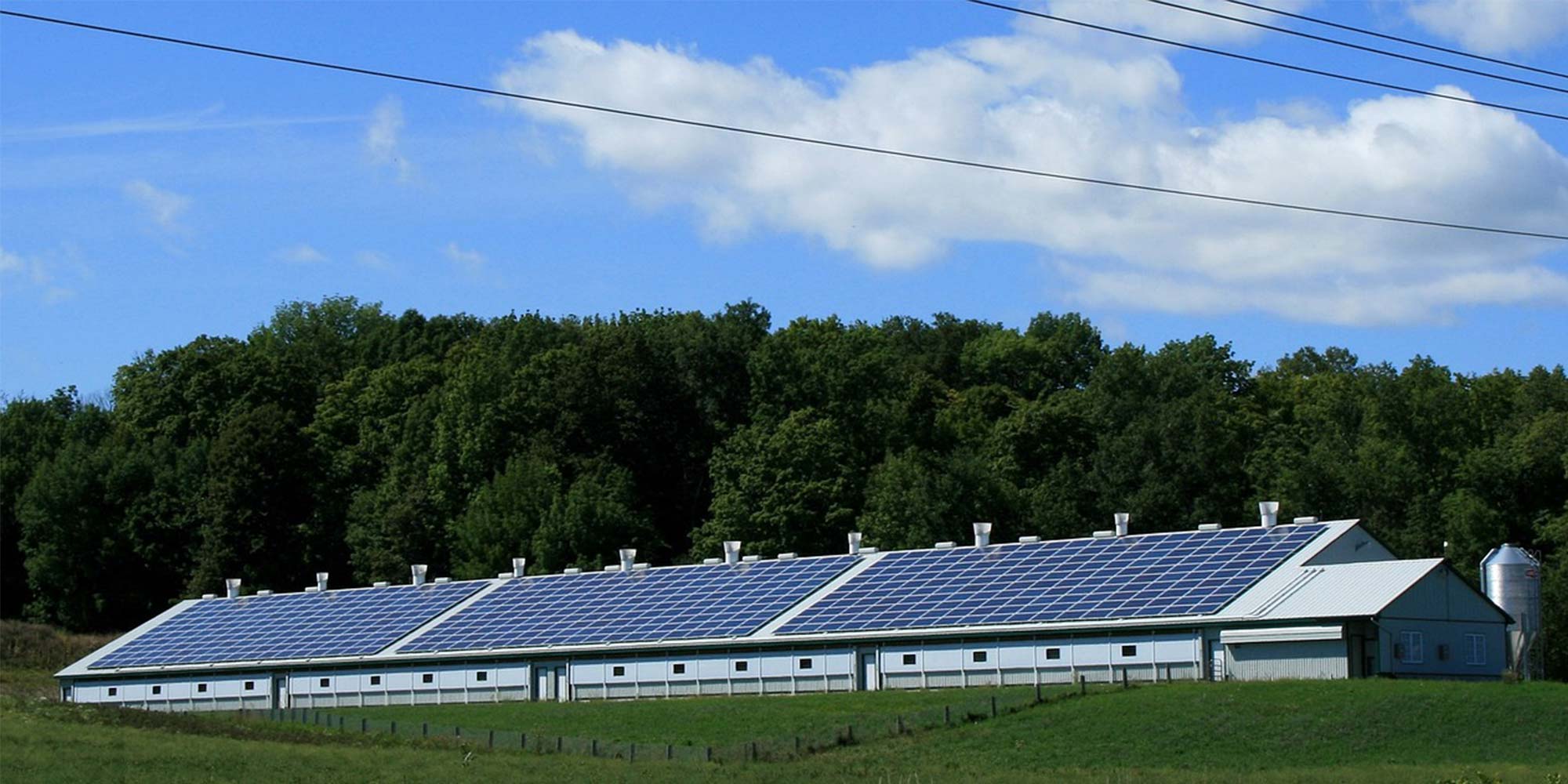Introduction:
In an era marked by environmental challenges and growing concerns over fossil fuel depletion, the importance of renewable resources has never been more apparent. Renewable resources, also known as renewable energy sources, offer a sustainable and environmentally friendly alternative to traditional energy sources like coal, oil, and natural gas. In this comprehensive guide, we will explore the diverse world of renewable resources, including their types, benefits, applications, and the role they play in shaping a more sustainable future for our planet.
1. Understanding Renewable Resources
Define renewable resources and explain their significance in the context of sustainable energy production. Discuss the key characteristics that differentiate renewable resources from non-renewable ones, such as their abundance, replenishment rate, and environmental impact.
2. Types of Renewable Resources
Explore the various types of renewable resources, including solar energy, wind energy, hydroelectric power, biomass, and geothermal energy. Describe how each resource is harnessed and converted into usable energy, highlighting their unique advantages and applications.

3. Solar Energy: Powering the Future
Dive into the world of solar energy and its potential to revolutionize the way we generate electricity. Discuss the photovoltaic effect, solar panel technology, and the different types of solar power systems, including rooftop solar panels, solar farms, and concentrated solar power plants.
4. Harnessing the Wind: Wind Energy Explained
Explore the mechanics of wind energy and how wind turbines convert the kinetic energy of the wind into electricity. Discuss the different types of wind turbines, including horizontal-axis and vertical-axis turbines, and the factors that influence wind energy production, such as wind speed and turbine placement.
5. Hydroelectric Power: Tapping into Water's Potential
Discuss the principles of hydroelectric power generation and how water turbines convert the potential energy of falling or flowing water into electricity. Explore the different types of hydroelectric power plants, including reservoir-based dams, run-of-river systems, and pumped storage facilities.
6. Biomass: Turning Waste into Energy
Explore the use of biomass as a renewable energy source, including organic materials such as wood, agricultural residues, and municipal solid waste. Discuss the process of biomass combustion, gasification, and fermentation to produce heat, electricity, and biofuels.
7. Geothermal Energy: Tapping into Earth's Heat
Explain how geothermal energy harnesses the heat stored beneath the Earth’s surface to generate electricity and heat buildings. Discuss the different types of geothermal power plants, including dry steam, flash steam, and binary cycle plants, and their applications worldwide.
8. Benefits of Renewable Resources
Highlight the numerous benefits of renewable resources, including environmental advantages such as reduced greenhouse gas emissions, improved air quality, and conservation of natural resources. Discuss economic benefits such as job creation, energy security, and cost savings over the long term.
9. Applications of Renewable Resources
Explore the diverse applications of renewable resources across various sectors, including electricity generation, heating and cooling, transportation, and industrial processes. Discuss how renewable resources are being integrated into existing energy infrastructure and driving innovation in technology and business models.
10. Challenges and Opportunities
Discuss the challenges and opportunities associated with the widespread adoption of renewable resources, such as intermittency, grid integration, land use conflicts, and policy uncertainty. Explore strategies for overcoming these challenges and maximizing the potential of renewable resources to meet future energy needs.
Conclusion:
Renewable resources hold immense promise as a sustainable and environmentally friendly alternative to traditional energy sources. By harnessing the power of the sun, wind, water, biomass, and Earth’s heat, we can reduce our dependence on fossil fuels, mitigate climate change, and create a more sustainable future for generations to come. Embracing renewable resources is not just an option; it’s a necessity if we are to build a cleaner, greener world for ourselves and future generations. Let us join together in embracing renewable resources and paving the way towards a brighter, more sustainable future.